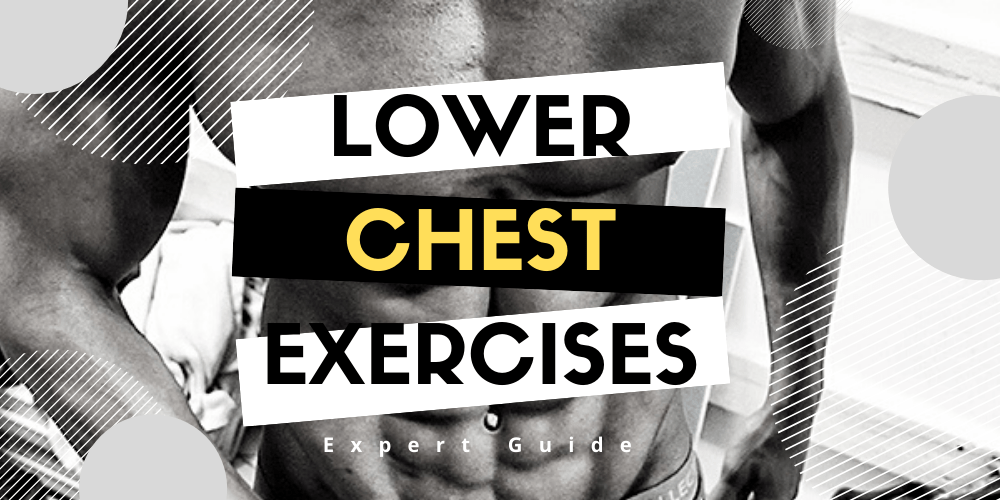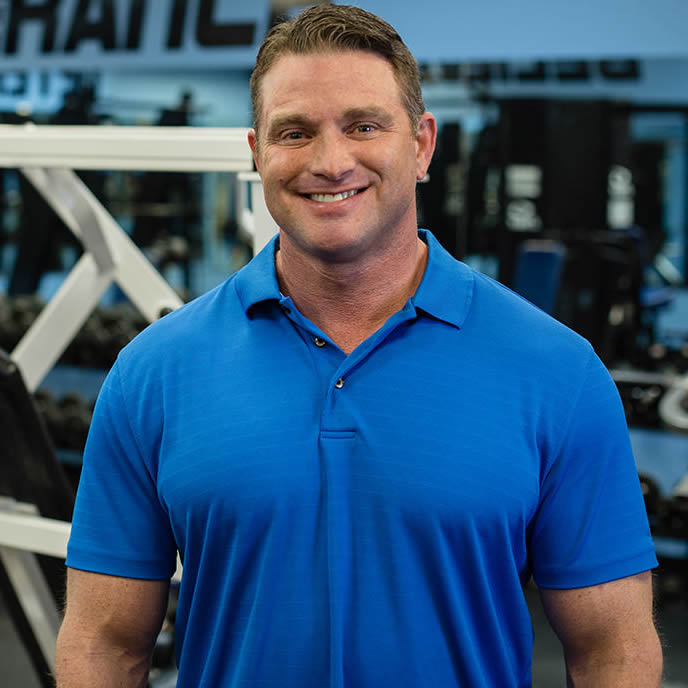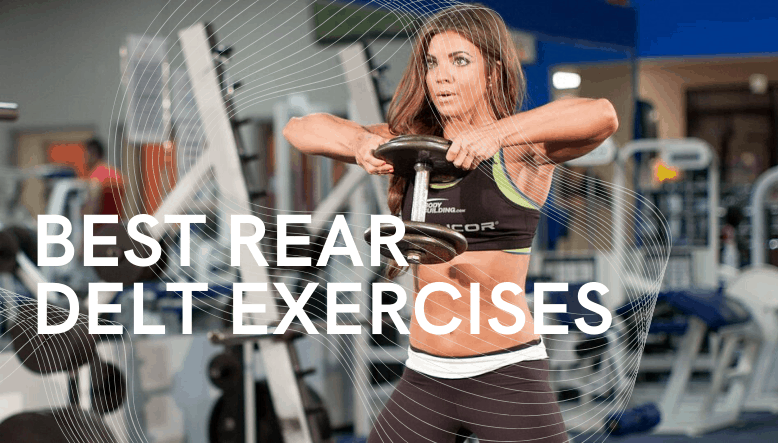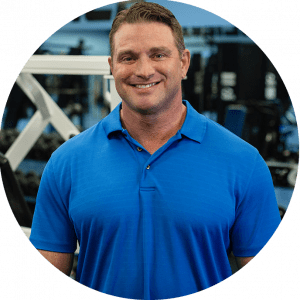
Chest workouts need to include your lower chest as well as your upper chest. This can be a bit of a challenge because your lower chest has a fairly limited range of movement. The solution is to look for exercises which specifically engage the lower chest to get it working. With that in mind, here is a selection of the best lower chest exercises we’ve found. What’s more, a lot of them need minimal to no equipment.

How to Target the Lower Chest
Just before we jump into the exercises, we’d like to give you some advice on how to make the most of them.
First of all, it’s best to add these exercises to your workout routine a little at a time. If you’ve been (unintentionally) targeting your upper chest, then you’ll have more work to do to build up the muscles in your lower chest. You’re probably going to be best to aim for 80-85% of your one-rep max and increase slowly from there.
Secondly, focus on executing these exercises with perfect form. Take your time with the sets and be realistic about how far you push your lower pecs (e.g. with weights and inclines/declines).
Thirdly, always remember that making sustainable progress generally means going slowly in the beginning and accepting that it’s going to be a while before you see meaningful results. Trying to rush is, at best, counterproductive. As the old saying goes “more haste, less speed”.

Lower Pec Workouts
So now without further ado, let’s jump into our top five best lower chest exercises. Any gym should have the equipment you need for them. In fact, you probably have (or can easily get) the necessary equipment for your home.
Decline Dumbbell Bench Press
The bench press is probably the classic chest exercise. Adding the decline increases the load on the lower chest. Start with a moderate decline, say around a 15° angle. That’s usually enough to make you feel it without overdoing it in the early stages. Once you get comfortable with the exercise, you can go for steeper angles if you wish. Remember, however, that perfect form is much more important than impressive angles.
Place your hands by your sides and pointing forwards (towards your toes). You want your upper arms to be at a 90° angle to your chest and your lower arms (from the elbow) to be at a 90° angle to your upper arms. Working from the chest and shoulders, lift and straighten your arms until they are almost fully extended (i.e. until your elbow is only slightly bent). Then return to your starting position.
Decline Dumbbell Bench Press with External Rotation
This is basically the same as the standard dumbbell press. The difference is that as you raise your arms, you also rotate them so that you end up with your hands facing inwards (towards each other). Then you reverse the motion so you end up back in your starting position. It’s only a subtle change, but you will feel the difference.
Incline Push-Ups
The key to this exercise is that you want your body to be at a 45° angle to the ground. This isn’t about the height of the object you use to get the incline. It’s about how you position yourself relative to it. You want your arms and hands to be at a 90° angle to your chest and you need them to be comfortable and secure on whatever you’re using to make the incline.
Once you have this sorted, then you just use standard push-up technique. As a reminder, the key to push-ups is to keep your back straight. If you remember this, then you’ll put yourself in the right position for the exercise (and protect your back).
Incline push-ups target the lower chest much more than regular push-ups. If you want a tougher workout for your lower chest, put a resistance band across your back (and hold it in place with your hands).
High to Low Cable Crossovers
If you have any sort of home gym machine, there’s a good chance that it will have cables. If you don’t (or if it doesn’t), then resistance bands will usually work nicely. For this exercise, you need to start with the cables above your shoulders. If you’re renting (or just don’t fancy drilling holes in your walls), then door hooks will usually do the job.
Once you’ve figured out how to set up your equipment, you’re going to stand between the two cables/resistance bands with one foot slightly in front of the other. This helps isolate your chest as well as adding comfort and balance. Then, you’re going to pull the cables/bands forward and down until your arms cross over each other.
Decline Cable Chest Press
For this one, you’re going to start with your chest slightly forward. A 15° angle (to the vertical) is a good one for beginners. As you progress you can increase it if you wish but really a 45° angle is probably as far as you want to go. Achieving this angle means that you will need to have one foot quite a bit in front of the other and this usually means having your back foot with the heel of the ground. This is absolutely fine. Keep your back straight at all times.
Start with your elbows level with the base of your chest and your lower arms parallel to your torso, facing forwards. This will create a right angle (or close to it) between your elbows and your upper arms. Drive forwards and downwards with your arms (the power will come from your chest), until they almost meet in the centre in front of you. Make sure your elbow stays slightly bent. Then return to the starting position and repeat.

Bonus Pick
If you really want the best lower chest workout you can possibly get then you need to include some chest dips. This means finding some dip/parallel bars. Most gyms will have these but it’s not guaranteed and it’s hard to find a work-around for home use.
The good news is that it’s becoming increasingly common for parks to have open-air gyms and a lot of these will have parallel bars. If you have a park near you then it’s definitely worth checking if this is an option as chest dips are one of the best lower chest exercises around.
Chest Dips
Dips are usually used to work the triceps (and very good they are too). The way to adapt them to target your lower pecs is to lean forward so your upper body is at a 45° angle to your lower body. Then just raise and lower yourself in the usual manner (similarly to push-ups). Being at an angle will force you to drive from the chest (especially the lower chest) rather than just relying on your triceps.
In Short
The lower chest is possibly the most overlooked area of the body, but it doesn’t have to be. Start fitting some lower chest exercises into your regular workout routine and, over time, you’ll notice a real difference.
Jeff is a medium-sized private gym owner that has itself over 100 members and is our equipment reviewer. If it builds muscle, gets you fit or pretends to be healthy, Jeff knows all about it. Worked with Fitness Superstore as a buyer for 10 years. Seriously BIG guy with a heart to match. Always laughing and looking for a windup. Literally always eating


![Best Exercises to Target the Lower Chest – [Expert Guide]](https://fitnessauthority.co.uk/wp-content/uploads/thumbs_dir/Best-Front-and-Side-Delt-Exercises1-e1588519572810-oozolabsjcxux4vg1rbhdw76tijtgdh9jknq5w4t30.png)
![Best Exercises to Target the Lower Chest – [Expert Guide]](https://fitnessauthority.co.uk/wp-content/uploads/thumbs_dir/Best-Forearm-Exercises-Get-Arms-Like-Popeye-Expert-Guide-opprao5nh1jaf63if4v28925979es6vedang8ycgfw.png)









